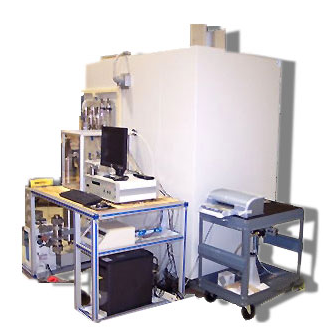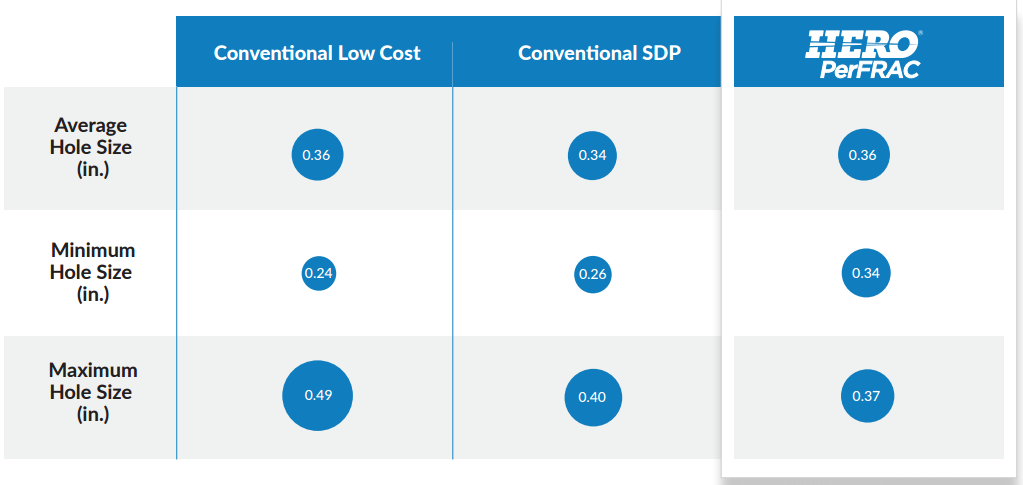When you can’t see something because it’s trapped in rocks a couple of miles beneath the earth’s surface, but you want to precisely measure it and also figure out how it will move in relation to other naturally occurring fluids within the formation, and you need to get the largest possible volume to flow to the surface, and by the way your entire business model depends on accurately understanding these unknowns… who are you going to call? You might try Core Lab.
Core Laboratories (ticker: CLB), known around the petroleum industry for the past 80 years as Core Lab, is a little like an X-ray machine for oil and gas producers—only on steroids.
Core Lab is all about understanding, measuring and influencing the flow of fluids in, around and out of rocks. The most valuable of those substances being crude oil, natural gas and natural gas liquids.
Core Lab has figured out how to help oil and gas operators understand and get the most out of their reservoirs. Core divides its services into two business segments:
- reservoir description;
- production enhancement.
Core Lab’s clients range from international oil companies, to NOCs to independent E&Ps across 50 countries around the globe. It works in offshore reservoirs, in conventional reservoirs and in unconventional reservoirs.
Reservoir description
Reservoir description is Core Lab’s primary revenue source, making up $426 million, or 72% of its 2016 revenue—$595 million.
In its reservoir description business, Core Laboratories (ticker: CLB) undertakes rock property analysis, fluid characteristic analysis, and enhanced oil recovery tests with the intent of providing its clients an understanding of how a reservoir will perform under different production scenarios.
Core Lab uses its understanding of reservoir fluid characteristics to help oil and gas companies in developing more representative reservoir simulations, creating production strategies tailored to the fluids within the reservoir, and to generate reasonable estimates of hydrocarbon volumes in place.
One of Core Lab’s strengths is Sanchez Technologies, a French instrumentation company that Core acquired in 2015. The Sanchez instrumentation helps operators determine petroleum reservoir fluids phase-behavior relationships of crude oils, natural gas and interstitial waters. With Sanchez onboard, Core Lab became the global leader in the manufacture of automated high-pressure, high-temperature (“HPHT”) mercury-free Pressure-Volume-Temperature (PVT) instrumentation.
Production enhancement
If an operator can learn how fluids are likely to move within a reservoir, Core Lab’s scientists can go to work understanding how to get the hydrocarbons to move more efficiently out of the rock into the wellbore. Core labels this business segment ‘production enhancement’. It’s the other half of Core’s business.
Core’s production enhancement services deliver 28% of its revenue— $169 million out of a total $595 million for 2016.
Core’s production enhancement services focus in large part on hydraulic fracturing investigation and optimization, field flooding, and formation damage evaluation. In its ProTechnics division Core Lab utilizes patented logging technologies and processes to provide completions, reservoir, and drilling diagnostics to help operators with well completion design and execution.
Inventing technologies becomes a normal part of business
In developing tools to diagnose clients’ reservoir characteristics, Core Lab has remained on the forefront of technological development.
One example developed by Core Lab to help it characterize reservoirs is High Frequency Nuclear Magnetic Resonance (NMR), a technology which allows Core’s scientists to interpret the volumes of movable oil and water within the reservoir.
At the EnerCom Dallas conference Mar. 1, 2017, Core Lab Chairman and CEO David Demshur talked about his company’s earliest use of this technology in oil and gas reservoirs, noting specifically that “this NMR equipment did not exist in industry, so [Core Lab] went out and invented [its] own.” In reference to its NMR technology, Demshur added that Core Lab is “the only one on the planet that has it.”
Precise perfs and EOR for unconventional reservoirs
In its May, 2017 investor presentation, Core Lab talked about completions technologies which are oriented towards minimizing formation damage and maximizing incremental recovery. One such piece of technology was the HERO® PerFRAC perforating system, which is meant to create consistent perforation sizes to increase fracturing efficiency. Core Lab intends to use the HERO® PerFRAC system to create better flow profiles than standard perforation systems can provide.
Core Lab is also in the process of creating tests that accurately simulate unconventional EOR processes with the intent to boost recovery efficiency within unconventional reservoirs.
Core Lab will be a presenting company at the upcoming EnerCom conference in Denver, Colorado—The Oil & Gas Conference® 22.
The conference is EnerCom’s 22nd Denver-based oil and gas focused investor conference, bringing together publicly traded E&Ps and oilfield service and technology companies with institutional investors. The conference will be at the Denver Downtown Westin Hotel, August 13-17, 2017. To register for The Oil & Gas Conference® 22 please visit the conference website.




